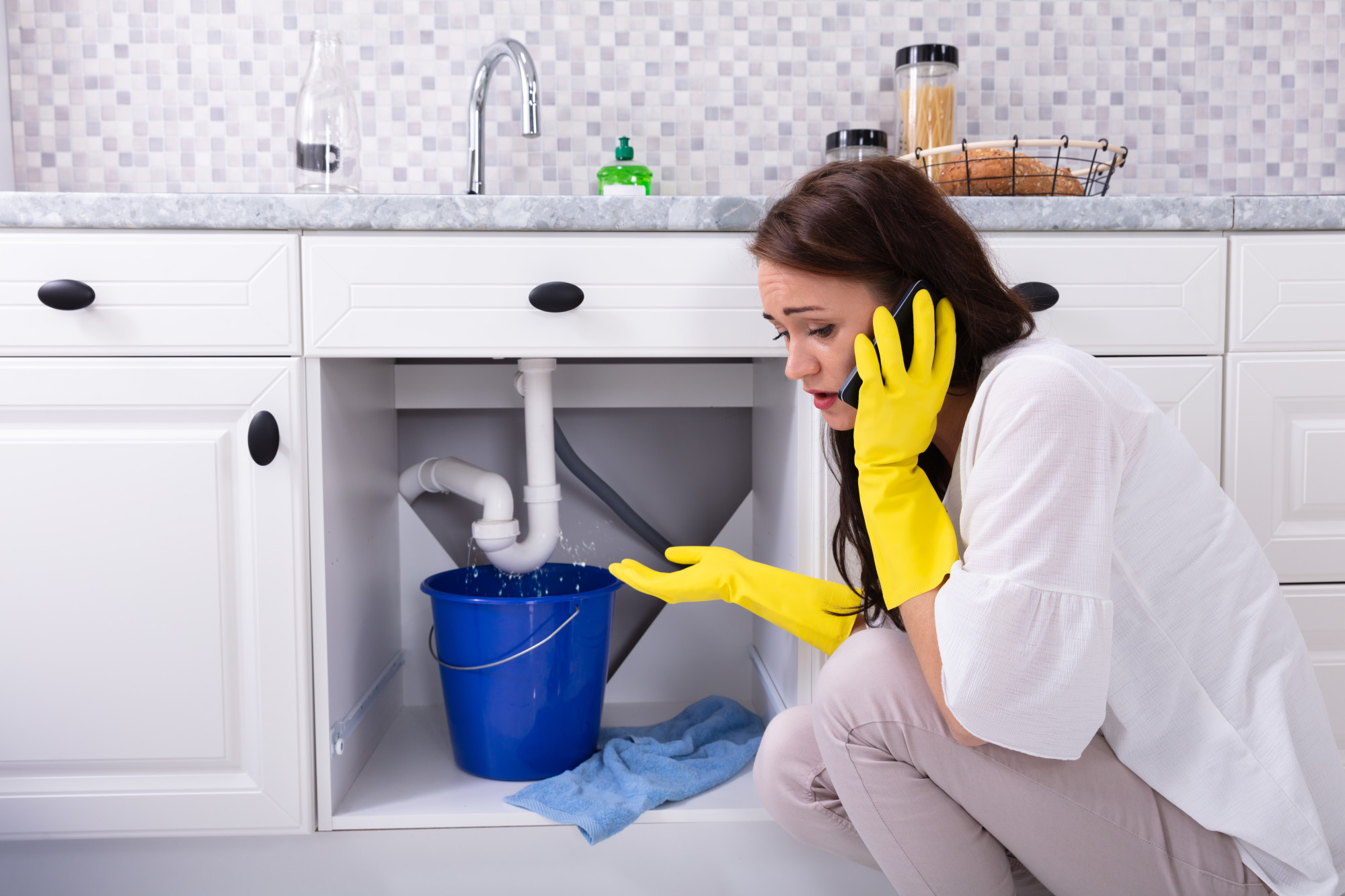
5 Common Plumbing Issues (And How to Fix Them)
Behind every home, an ingenious plumbing system lurks to keep everything running. But minor household issues can snowball into larger problems if you don’t catch them.
That’s why knowing about common plumbing issues and how to fix them can help you prevent any larger problems.
You’re in the right place to learn more. Take a look at everything you need to know.
1. Clogged Drains
Common signs of a clogged drain are water that isn’t draining, a sink or tub that won’t empty on its own, and a lingering smell of sewage. To fix a clogged drain, you’ll need to figure out what is causing the issue. Complicated clogs may need pipe snaking or chemical cleaning agents like bleach to remove any blockages.
If that doesn’t work, your best bet is to call plumbers who can help to assess the problem. Additionally, it’s important to provide proper maintenance by investing in regular plumbing inspections to avoid future clogs.
2. Running Toilet
Most of the time, the cause of a running toilet is debris in the valve assembly. This debris prevents the seal from closing and allows water to leak down the drain.
To Fix this, the water supply must be off. The toilet tank should remove. Then, the faulty valve assembly needs to replace with a new one. Before replacing the tank, there should be a check to ensure the flapper chain isn’t too tight, so the toilet can close.
3. Leaky Faucets
Leaky faucets tend to occur when debris has been together in the faucet. The first step in fixing a leaky faucet is locating the leak’s source.
Once located, the valve stem needs to remove, and the seat and washer need to be replaced. If the problem persists, buy a new faucet. Also, if the leak cause lack of water pressure, you need a new shut-off valve or supply line.
4. Pipe Corrosion
Pipe corrosion occurs when the pipe material has chemicals or corrosive materials, such as oxygen, water, and soil. These materials can break down the pipes, leading to cracks, pinholes, and other structural issues.
To fix this issue, it is important to inspect the pipes. If there is any corrosion, the pipe should replace as soon as possible.
Also, using corrosion-resistant materials can help to prevent such problems from occurring in the first place. It is also important to ensure that all joints and connections between pipes are together.
5. Pump Malfunction
It is often caused by a weak pump motor, a worn-out impeller, or faulty wiring. A pump malfunction may also cause by a lack of power, so the power source must test first and then be replaced if necessary.
To fix pump malfunctions, you may need to inspect the pump’s blades and wiring. You may also need to flush out the pipes and install a filtration system to remove all sediment from the water.
Preventative Maintenance to Avoid Plumbing Issues
The most common plumbing issues can usually be fixed with simple tools and little know-how. From clearing a clogged drain to unclogging a toilet to replacing a faucet, there are many ways to troubleshoot and resolve most plumbing problems.
For more technical jobs, be sure to call a plumber. Don’t let plumbing issues stress you out, take steps to tackle the issue.
Looking for more helpful advice and information? Be sure to check out some of our other posts.
